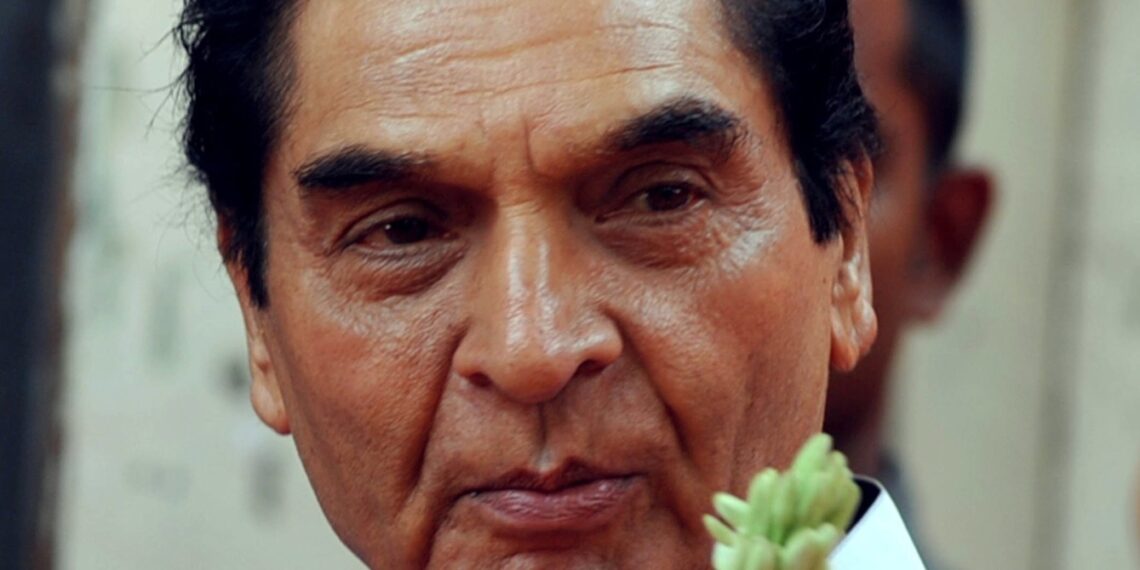The Indian film industry mourns the loss of one of its most cherished comedic talents as veteran actor Govardhan Asrani, popularly known simply as Asrani, passed away on October 20, 2025, at the age of 84. The legendary performer, who brought joy to millions through his impeccable comic timing and memorable characters, breathed his last at around 4 PM in Mumbai after battling a prolonged illness.
Table of Contents
A Final Diwali Wish: Asrani’s Last Social Media Post
In a poignant twist of fate, Asrani had shared Diwali greetings on his Instagram story just hours before his passing, making his sudden demise even more shocking for fans and the film fraternity. The veteran actor, who had been admitted to Bharatiya Arogya Nidhi Hospital in Juhu four days prior due to respiratory complications, succumbed to age-related ailments and fluid accumulation in his lungs.
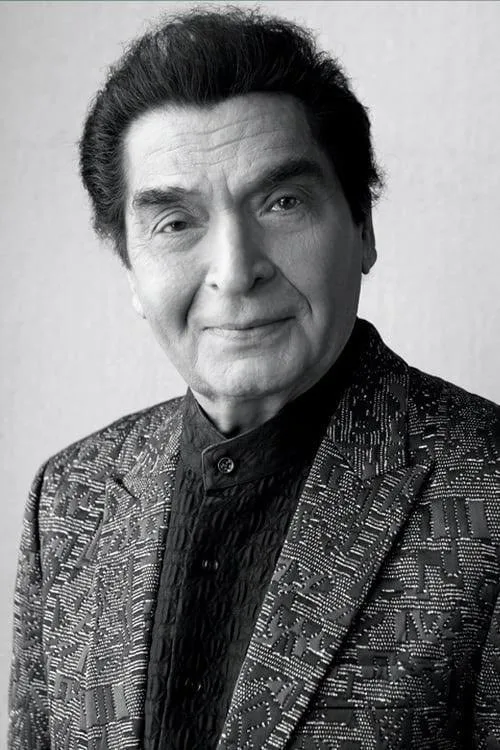
According to his personal assistant Babubhai Thiba, “Asrani sahab was admitted to Bharatiya Arogya Nidhi Hospital in Juhu four days ago. From what the doctors told us, there was fluid (water) accumulation in his lungs.” The actor’s last rites were performed at Santacruz Crematorium in a quiet ceremony, honoring his wish not to make his demise into a public event.
| Asrani’s Career Highlights | Details |
|---|---|
| Birth Name | Govardhan Asrani |
| Birth Date | January 1, 1940 (some sources say 1941) |
| Birthplace | Jaipur, Rajasthan |
| Career Span | Over 5 decades (1967-2025) |
| Total Films | 350+ movies |
| Most Iconic Role | Jailer in Sholay (1975) |
The Making of a Comedy Legend
Born into a middle-class Sindhi family in Jaipur, Asrani’s journey to stardom was neither predetermined nor easy. Unlike many of his contemporaries, he didn’t come from a film family background. His entry into acting began under the guidance of Sahitya Kalbhai Thakkar between 1960 and 1962, before he made the crucial decision to relocate to Mumbai to pursue his dreams.
Asrani’s formal training at the Film and Television Institute of India (FTII) in Pune proved instrumental in shaping his craft. It was here that he developed the skills that would later make him one of Hindi cinema’s most dependable character actors. His debut came with the 1967 film “Hare Kaanch Ki Choodiyan,” marking the beginning of a career that would span over five decades and encompass more than 350 films.
The Sholay Phenomenon: Creating an Immortal Character
While Asrani appeared in numerous memorable films, his portrayal of the eccentric jailer in Ramesh Sippy’s 1975 masterpiece “Sholay” remains his most iconic contribution to Indian cinema. The character, inspired by Adolf Hitler according to scriptwriters Salim-Javed, became an immortal part of Indian pop culture.
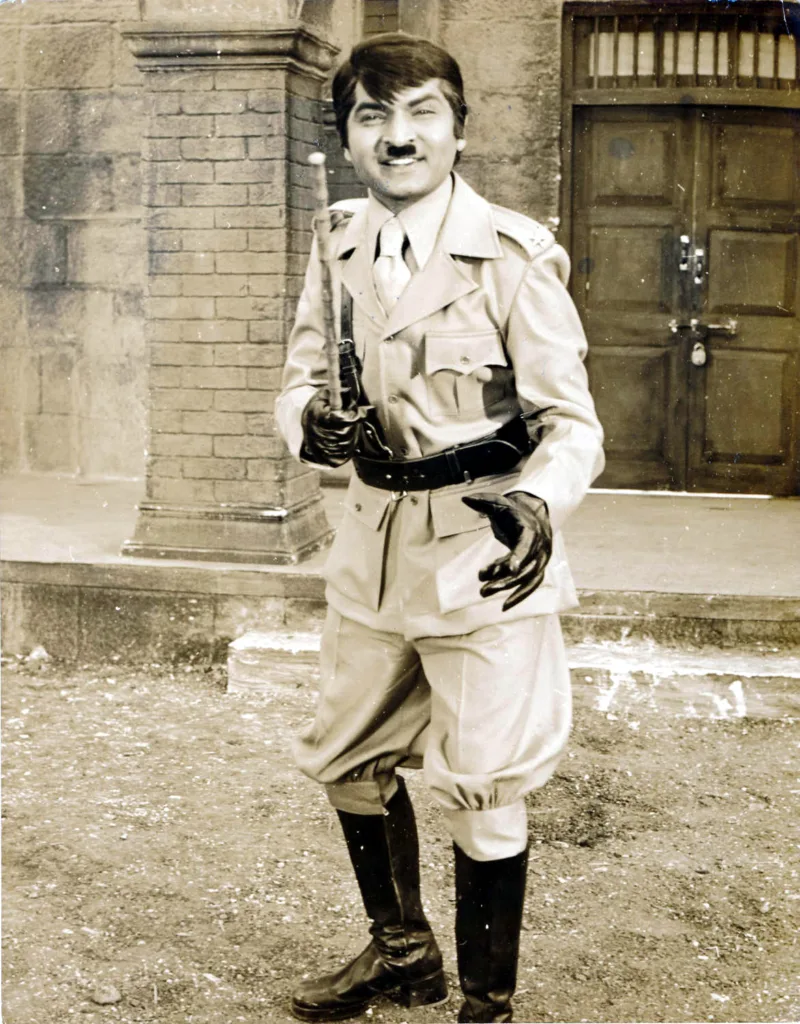
Asrani’s preparation for this role demonstrated his dedication to his craft. He studied Hitler’s voice through recordings at FTII Pune, meticulously working on the mannerisms and tone. His delivery of the now-legendary line “Hum angrezon ke zamane ke jailer hain” (We are jailers from the British era) received thunderous applause from audiences and proved that even a brief role, when played masterfully, could leave a lasting legacy.
Partnerships and Professional Relationships
Throughout his illustrious career, Asrani formed several memorable professional partnerships that defined different eras of Bollywood comedy. His collaboration with superstar Rajesh Khanna was particularly prolific, appearing in 25 of Khanna’s films including classics like “Bawarchi,” “Namak Haraam,” and “Mehbooba.”
| Notable Film Collaborations | Co-stars/Directors | Memorable Films |
|---|---|---|
| With Rajesh Khanna | 25+ films | Bawarchi, Namak Haraam, Mehbooba |
| Hrishikesh Mukherjee Films | Multiple collaborations | Chupke Chupke, Abhimaan, Namak Haraam |
| Comedy Ensembles | Various actors | Chhoti Si Baat, Rafoo Chakkar |
| Modern Era | New generation actors | Dhamaal franchise, Hera Pheri |
Beyond Comedy: The Versatile Artist
While comedy remained his forte, Asrani proved his versatility by successfully transitioning across different aspects of filmmaking. In 1977, he wrote, directed, and starred in “Chala Murari Hero Banne,” demonstrating his capabilities beyond acting. He went on to direct a total of six films between 1974 and 1997, including “Salaam Memsaab” (1979).
His contributions to regional cinema were equally significant. In Gujarati cinema, Asrani played leading roles from 1972 to 1984 before transitioning to character roles from 1985 to 2012. His song “Hu Amdavad No Rikshawalo” became iconic in Gujarat, showcasing his ability to connect with diverse regional audiences.
Recognition and Awards
Asrani’s contributions to Indian cinema were recognized through various accolades throughout his career. He won two Filmfare Awards for Best Comedian for “Aaj Ki Taaza Khabar” (1974) and “Balika Badhu” (1977), cementing his status as one of Bollywood’s premier comic actors.
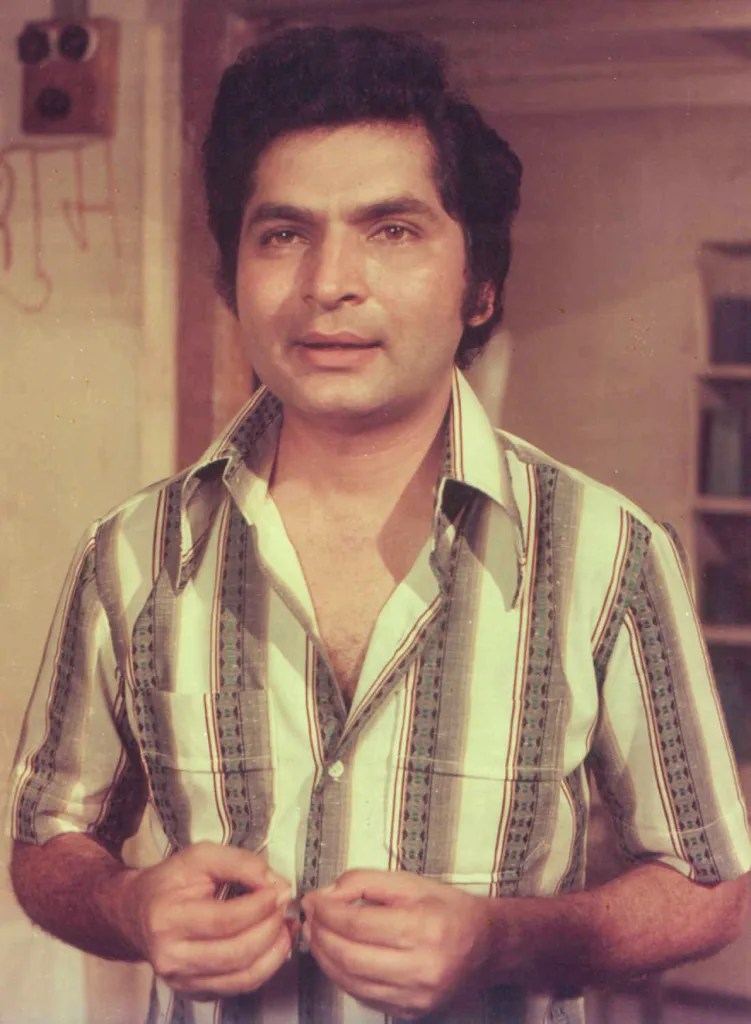
His sustained excellence in performance made him a favorite among directors and audiences alike. The 1970s and 1980s marked the peak of his career, during which he worked in over 100 films in each decade—a remarkable record in Hindi cinema that speaks to both his popularity and work ethic.
The Later Years: Adapting to Changing Times
As Bollywood evolved and the role of comic sidekicks diminished in the late 1980s, Asrani demonstrated remarkable adaptability. He successfully transitioned to character roles and continued working well into the 2000s and 2010s. His appearances in films like “Bhool Bhulaiyaa,” “Dhamaal,” “Bunty Aur Babli 2,” and “Welcome” proved that his appeal transcended generations.
Even in the digital age, Asrani embraced new platforms, appearing in the web series “Permanent Roommates” in 2018 and various television shows. His last notable appearance was in Ayushmann Khurrana’s “Dream Girl 2,” demonstrating his enduring relevance in contemporary cinema.
Personal Life and Family
Asrani married actress Manju Bansal, with whom he not only shared his personal life but also professional collaborations in several films. The couple worked together in his home production “Hum Nahin Sudhrenge” (1980), showcasing their partnership both on and off screen.
He served as a director at FTII Pune from 1988 to 1993, giving back to the institution that had shaped his own career. During this period, he also ran a successful production business, demonstrating his entrepreneurial acumen alongside his artistic talents.
Industry Impact and Cultural Legacy
Asrani’s impact on Indian cinema extends far beyond his individual performances. He represented an era when character actors could achieve stardom through sheer talent and screen presence. His ability to make audiences laugh while maintaining the dignity and depth of his characters set a standard for comedic performances in Indian cinema.
His work bridged multiple generations of filmmakers and audiences. From working with legends like Hrishikesh Mukherjee and Basu Chatterjee in the 1970s to appearing in contemporary comedies, Asrani remained relevant across different eras of Bollywood.
The Final Bow: A Quiet Departure
True to his humble nature, Asrani’s departure was as understated as his approach to stardom. According to his family, the actor had specifically requested that his demise not be turned into a public spectacle. His manager revealed that “the actor wanted to go in peace, and had asked his wife Manju to not make his demise into an event and that’s why the family only spoke about Asrani’s death after the funeral.”
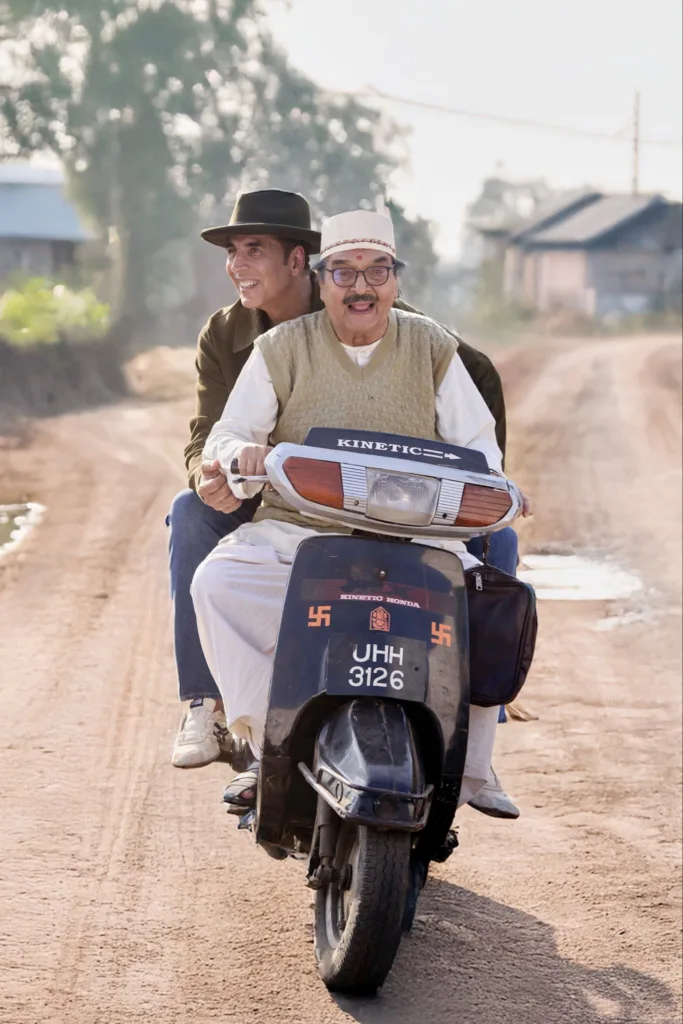
This final gesture reflected the man behind the characters—someone who, despite achieving tremendous fame and recognition, remained grounded and connected to his roots. As Asrani himself had often said in interviews, at home he was just like everyone else, still getting “yelled at by his father and mother.”
The End of an Era
With Asrani’s passing, Indian cinema loses not just a talented actor but a piece of its cultural DNA. His journey from a middle-class boy in Jaipur to becoming one of Bollywood’s most beloved characters is a testament to the power of talent, dedication, and the ability to bring joy to others.
Asrani’s legacy lives on through the countless moments of laughter he provided, the memorable characters he created, and the standard he set for comedic excellence in Indian cinema. His contribution to the industry represents an irreplaceable piece of Bollywood’s golden era, and his absence will be felt by generations of film lovers who grew up watching him bring characters to life with his unique blend of humor, heart, and humanity.
The jailer from Sholay may have taken his final bow, but the laughter and joy he brought to millions will echo through the halls of Indian cinema forever.
Read More: Greater Kalesh OTT Release Date Announced: Diwali Special Now Streaming
FAQs
When and how did Asrani pass away?
Asrani passed away on October 20, 2025, at around 4 PM in Mumbai after a prolonged illness. He had been admitted to Bharatiya Arogya Nidhi Hospital in Juhu due to respiratory complications and fluid accumulation in his lungs.
What was Asrani’s most famous role?
Asrani’s most iconic role was that of the eccentric jailer in the 1975 classic film “Sholay.” His line “Hum angrezon ke zamane ke jailer hain” became a part of Bollywood folklore and is still remembered today.
How many films did Asrani appear in during his career?
Asrani appeared in over 350 films during his career spanning more than five decades, from his debut in 1967’s “Hare Kaanch Ki Choodiyan” to his recent appearance in “Dream Girl 2.”
Did Asrani work only as an actor?
No, Asrani was a multi-talented artist who also worked as a director and writer. He directed six films between 1974 and 1997, including “Chala Murari Hero Banne” (1977), which he also wrote and starred in.
What awards did Asrani win during his career?
Asrani won two Filmfare Awards for Best Comedian – one for “Aaj Ki Taaza Khabar” (1974) and another for “Balika Badhu” (1977), recognizing his excellent comedic performances in Hindi cinema.

